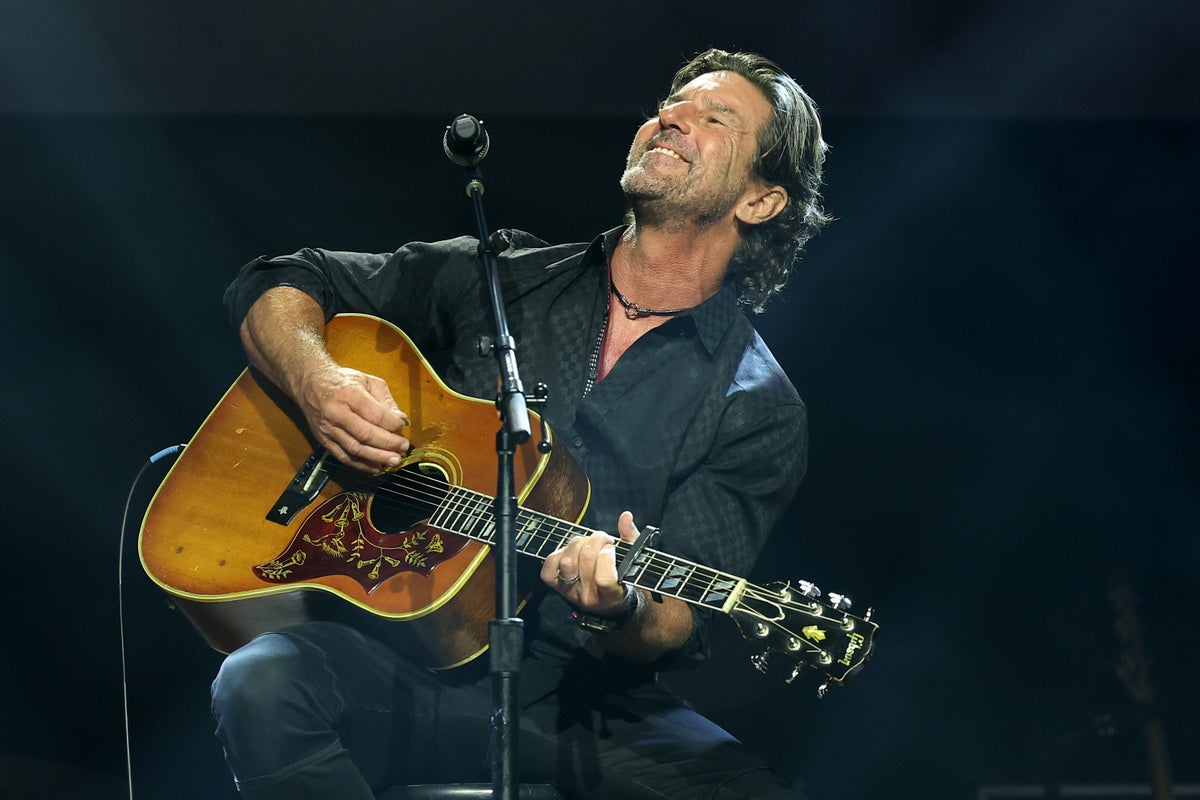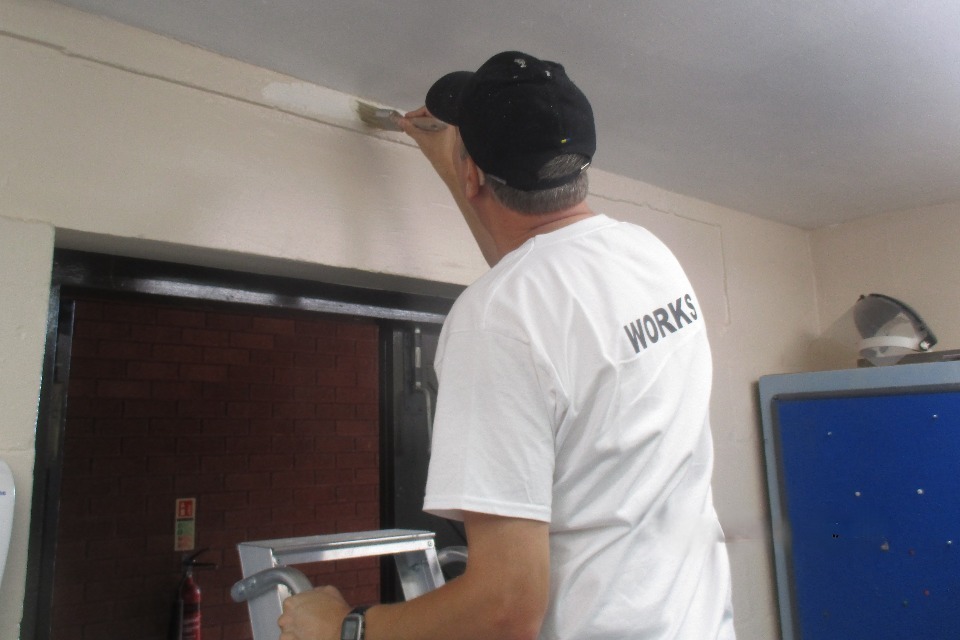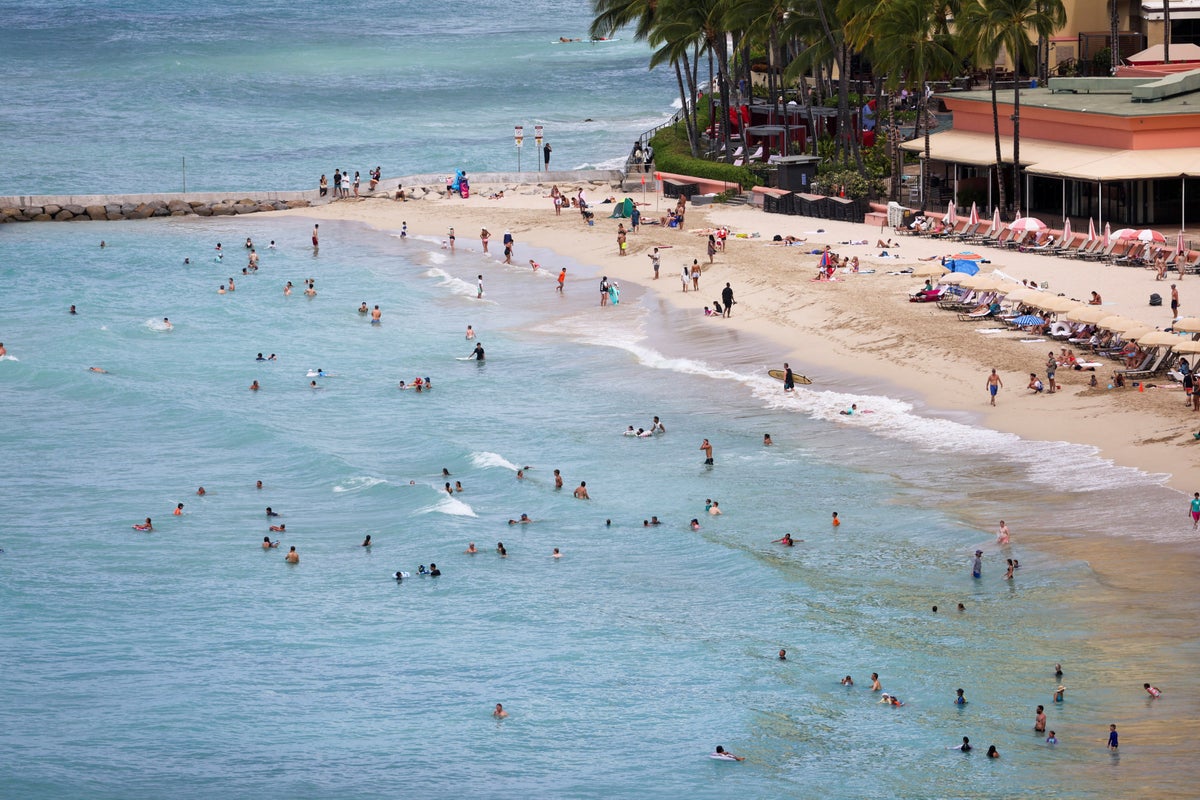A powerful 7.8 magnitude earthquake struck near the east coast of Russia’s Kamchatka region, the US Geological Survey said.
The major earthquake triggered a brief tsunami warning, the second-highest alert level, across the region and as far away as Alaska, though no damage was reported. It was lifted about two hours later.
The earthquake struck at 6.58am local time on Friday with its epicentre 127km east of Petropavlovsk-Kamchatsky, a city of just 165,000 people, according to the agency.
The temblor happened at a depth of 19.5km and caused a series of aftershocks of up to 5.8 magnitude.
It also triggered a tsunami warning for parts of Kamchatka and the Kuril Islands, north of Japan. Authorities reported waves between 30 and 62cm (1–2ft) along the Kamchatka coast.
Russia’s Emergencies Ministry said the quake had a magnitude of 7.2.
Governor Vladimir Solodov said all emergency services had been placed in a state of high readiness, but no damage had been reported.
“This morning is once again testing the resilience of Kamchatka residents,” Mr Solodov wrote on the Telegram messaging app. “Immediately after the earthquake, we began a rapid inspection of social institutions and residential buildings.”
Videos shared online showed light fixtures and kitchen furniture swaying, while small groups of residents gathered outside buildings.
In late July, the remote Kamchatka region was hit by an 8.8-magnitude quake, one of the strongest ever recorded, setting of tsunami waves that reached as far away as Hawaii and California.
The current quake comes a week after a magnitude 7.4 earthquake struck near the east coast of Kamchatka peninsula. The US Tsunami warning system issued a threat following the quake, but it was later called off. Earthquakes occur when the planet’s rocky tectonic plates, floating on magma, rub against each other, releasing massive amounts of energy.
Dubbed the “land of fire and ice,” Kamchatka in Russia’s Far East is one of the most active volcanic regions on Earth and is known for its wilderness and lack of communication links.
It has about 300 volcanoes, with 29 of them still active, according to NASA’s Earth Observatory. Quakes and tsunamis regularly strike the peninsula that lies close to an ocean trench where two tectonic plates meet.




